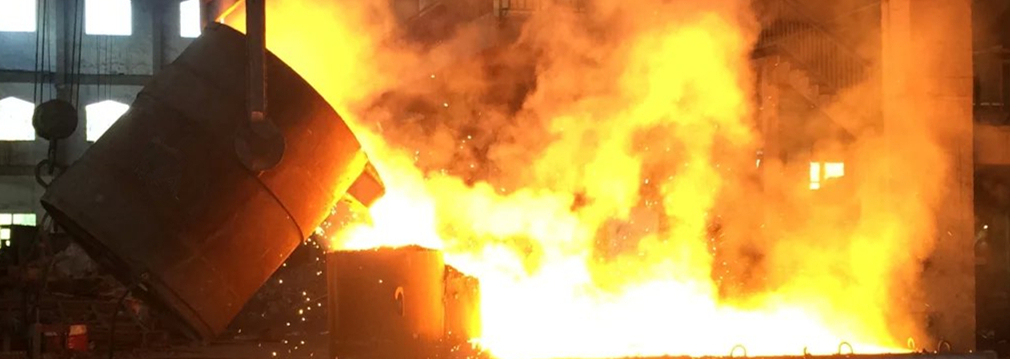Silica Fume for Concrete Bridge Decks
Difficulties can arise if measurements are not made as recommended or when weather data are obtained by calling the local weather office. The best approach is to combine the use of the chart with a little common sense. Is the placement in direct sun, is the wind increasing, is the humidity high enough to make workers uncomfortable? The more uncomfortable workers are from the temperature and humidity, the less likely that the concrete will dry out. Don't forget—it's always best to err on the safe side when deciding whether to provide protection against concrete drying out.

When bridge decks are placed in a single lane, it usually is possible to apply wet burlap and plastic immediately without any waiting period for the concrete to harden.
Credit: Jaber Engineering
Protecting silica-fume concrete
Three of the more commonly used ways of protecting silica-fume concrete from drying too quickly are fogging, using an evaporation retarder, and using the one-pass finishing technique.
The goal of fogging is to maintain high humidity conditions above the concrete surface during the time from placement to application of curing. If environmental conditions cause a concern over drying, fogging should begin immediately after the concrete is placed. Depending upon the type of placement and finishing required, it may be necessary to fog between finishing passes. Just as for any other conventional concrete placement operation, do not finish bleed water or fog water into the surface.
Evaporation retarders are probably the most abused material in concrete finishing. For many years, these products were promoted and sold as “evaporation retarders and finishing aids.” This practice has been reduced, and most data sheets now refer to the products as only evaporation retarders. Apply the evaporation retarder after bull floating is completed and do not disturb the product until floating begins. Remember, if any type of finishing tool is run across the surface after the evaporation retarder is applied, the film will be broken and will no longer keep in moisture. Also, using too much of these products or finishing the product into the surface can result in damage to the concrete surface.
One-pass finishing, also referred to as “fast-track finishing” or “assembly line finishing,” is a technique that takes advantage of the lack of bleeding and eliminates the waiting period between placing and finishing. The overall process is based on two simple concepts—protect the concrete at all times and don't wait for the concrete to stiffen before applying the final texture and immediate cure.
This approach is becoming the preferred practice by many DOTs and favored by bridge contractors because it eliminates fogging and evaporation retarders. Using fast-track finishing, the contractor finishes the work in less time and uses fewer workers, thus saving time and money. There is no need to worry about broken fogging equipment or missing the application of evaporation retarders; just focus on moving quickly from placing and finishing to protecting and curing.
Placing and consolidating
Silica-fume concrete has been successfully placed by all means of concrete placement methods, including direct discharge from mixer trucks, crane and bucket, tremie under water, and pumping. The majority of silica-fume concrete has been placed by pump due to the nature of its applications. Overall, do not expect to see any significant differences when placing and consolidating silica-fume concrete.
Silica-fume concrete is a very fluid but cohesive material, particularly if the recommendations regarding increasing slump are followed. However, don't be fooled by the apparent workability—this concrete still needs to be adequately vibrated during placement. Do not assume that a vibratory screed will vibrate concrete in deeper sections such as beams cast integrally with slabs. An internal vibrator must be used in accordance with ACI recommendations. For more information, see ACI 309R, “Guide for Consolidation of Concrete.”
Finishing bridge decks
Finishing silica-fume concrete bridge decks is very similar to finishing bridge decks without silica fume. The greatest difference is the lack of bleed water, which eliminates the waiting time needed to finish conventional concrete. This allows the contractor to move quickly from one step to the next and begin curing immediately after the concrete is placed and finished. In fact, too much finishing and surface manipulation may damage silica-fume concrete surfaces because there is no bleed water. Depending on the equipment and approach used, as in the case of “fast-track finishing,” finishing bridge decks can be done under an even more compressed schedule than other flatwork.
Deck finishing procedures are the same for both full-depth placement and overlays. The only difference is the necessary surface preparation and the possible requirement for a bond coat for overlay placements.











 Facebook
Facebook Twitter
Twitter Linkedin
Linkedin